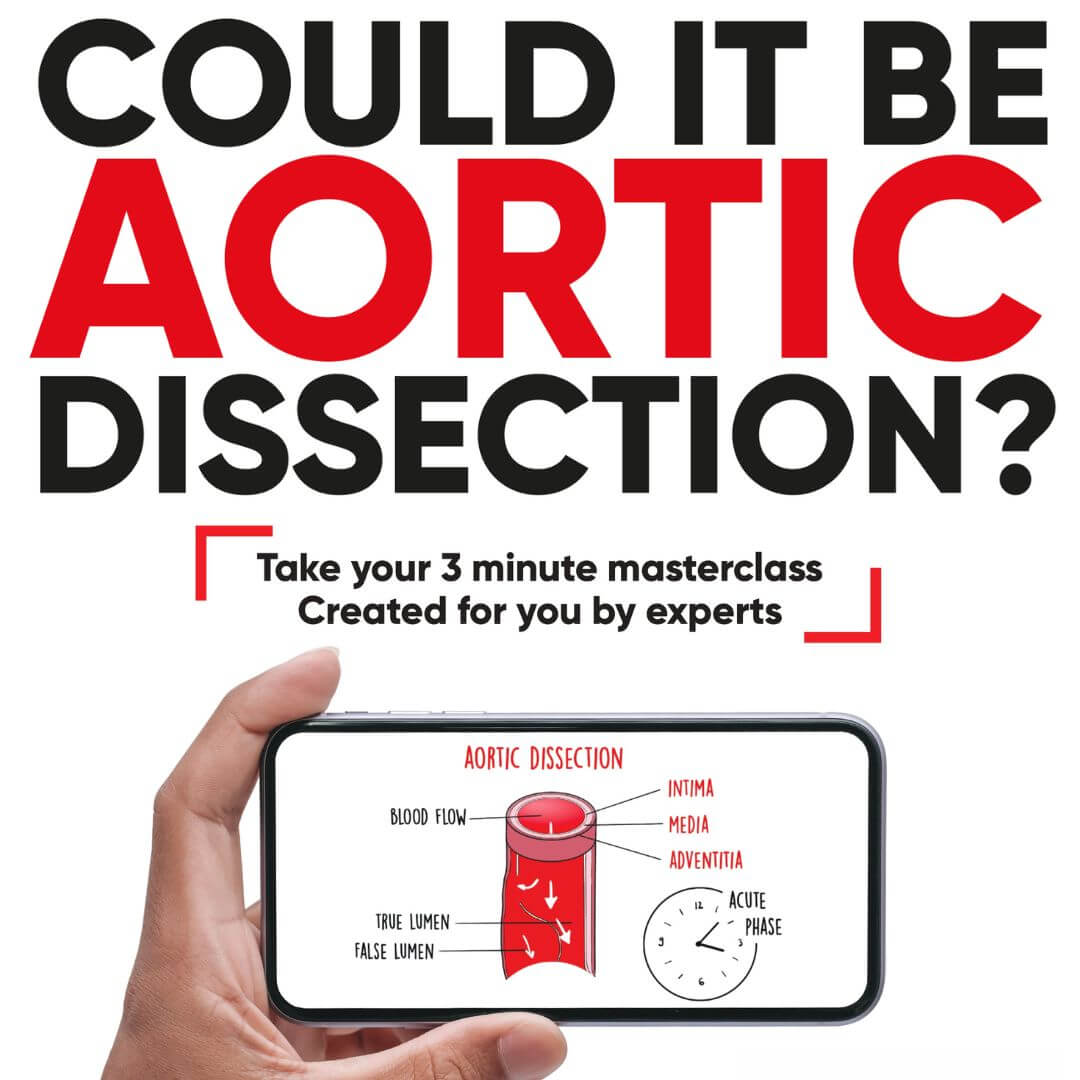Understanding the intricacies of aortic disease can be an imposing task for new patients and their families, especially when dealing with acute aortic dissection or the threat of an aortic rupture. However, the digital age has ushered in innovative approaches to healthcare. The advent of artificial intelligence (AI) is revolutionising patient care, with AI chatbots offering a fresh perspective. But how sceptical of these tools should patients be? This is the question the ChatAortaAI project is aiming to answer.
The Role and Potential of AI
As part of our research support, the ChatAortaAI project is exploring the vast potential and inherent limitations of AI tools in providing accurate, reliable, and readily accessible information about aortic disease. These tools, developed using deeplearning AI, mark a new era in medical education and patient care.
It’s important to understand, however, that while these tools possess immense potential, they are not without their flaws. Our collaborative work with the ChatAortaAI project involves a pragmatic approach to carefully evaluate the accuracy, reliability, and risks associated with the use of these AI tools.
But wait, AI in Healthcare isn’t new
Artificial Intelligence has significantly enhanced healthcare over the last decade by enabling the efficient analysis of large datasets and medical literature. Its ability to identify patterns in vast data quickly aids in diagnosing, predicting patient outcomes, and personalising treatments. This use of AI contributes substantially to precision medicine and predictive analytics in both the NHS and private healthcare.
Furthermore, AI is revolutionising clinical documentation and medical imaging. It simplifies the cumbersome process of documentation, allowing healthcare professionals to focus more on patient care. In medical imaging and pathology, AI tools can identify subtle abnormalities in scans or biopsy samples, leading to quicker and more accurate diagnoses. In essence, AI is ushering in a new era of healthcare marked by improved efficiency, accuracy, and personalised care.
Challenges with Chatbots
Aortic dissection risk factors and potential aortic ruptures require immediate and accurate knowledge for effective prevention and management. AI chatbots could play a pivotal role in providing critical education and information to those affected by aortic disease, with the significance of these tools extending beyond the individual to affect the wider medical community.
Despite the exciting prospects that AI tools like ChatGPT and Bing Chat offer to aortic dissection patients, these technologies are not without limitations. In light of these constraints and the critical nature of healthcare decisions, this project will also aim to support a reliable solution to the challenge.
Aspirations for the Future of AI
The project sees the potential in harnessing AI to increase awareness and education around aortic diseases. There’s a clear interest in using AI to enhance pre-hospital care and regional awareness of aortic diseases, with a particular focus on developing simple AI algorithms to improve diagnosis. The team involved in the project is keen on exploring how AI could support healthcare professional education and be used for patient information and education. The reliability of AI-generated information and whether patients will understand the language used by AI also forms an integral part of the project’s scope.
Team members are also interested in delving into various topics related to aortic diseases and treatments. These include post-surgical survival rates beyond 20 years, the chronic evolution of residual type B dissection, and the outcomes of endo TAAA repair. They have also expressed curiosity in the pathologic mechanisms underlying aortic dissection, value-based procurement and reimbursement, and the role of big data and AI in preventing complications and early deaths. The vast amount of data available for diagnosing and treating aortic diseases is another area of interest. The team’s research scope also extends to exploring the endovascular treatment of the aorta, the management of side branches and connective tissue disorders.
Results soon to be released
The ChatAortaAI project is an ambitious endeavour, propelled by a team of diverse participants interested in utilising AI as a tool to increase knowledge and understanding of aortic disease. By exploring a wide range of topics and maintaining an open dialogue about the potential benefits and limitations of AI, the team aims to pave the way for the integration of AI in improving healthcare outcomes for aortic patients. The first paper from the research project “Current Artificial Intelligence Based Chatbots May Produce Inaccurate and Potentially Harmful Information to Patients With Aortic Disease” is due to be in the November edition of the European Journal of Vascular and Endovascular Surgery.




